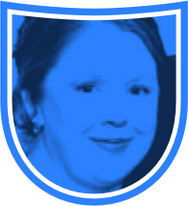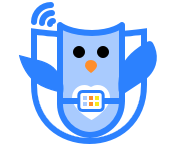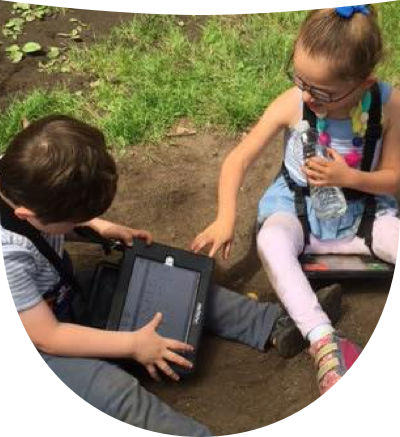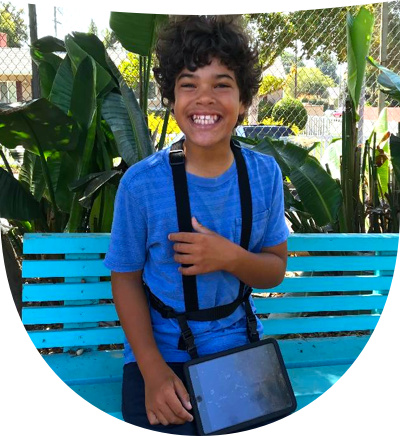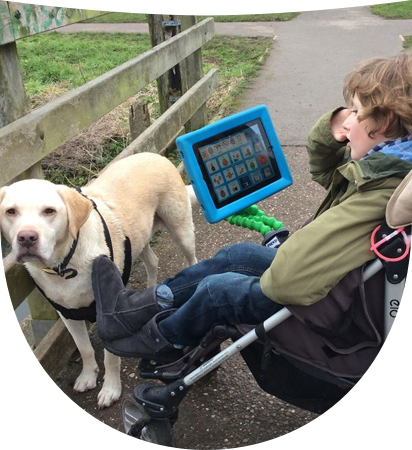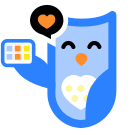
OUR PHILOSOPHY
All people with complex communication needs (CCN) have the right to have robust communication systems and interventions, which can help them become autonomous communicators.
Meet our Team
DIRECTORS
PARENT ADVISORY COMMITTEE
What is Angelman Syndrome?
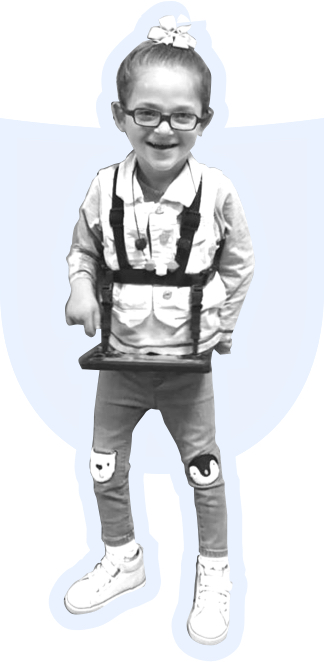
Angelman Syndrome (AS) is a rare neuro-genetic disorder that affects approximately 1:15,000 live births. Characteristics include developmental disability, balance and coordination challenges, epilepsy, disrupted sleep, and complex communication needs. Individuals with AS typically have a profound expressive language disorder, however their receptive understanding far exceeds their expressive ability. Augmentative and Alternative Communication (AAC) is vitally important to bridge this gap. While individuals with AS require assistance throughout their life, with the right support they continuously learn and progress!
LEARN MORE ABOUT ANGELMAN SYNDROME:
Foundation for Angelman Syndrome Therapeutics
LEARN MORE ABOUT ANGELMAN SYNDROME:
Foundation for Angelman Syndrome Therapeutics
